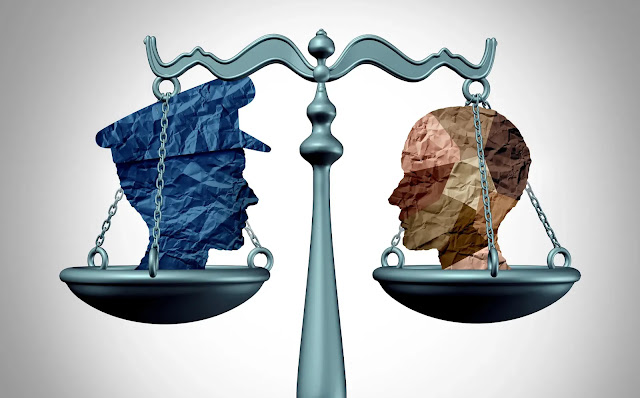Four Types Of Malice.
Malice refers to the intention or desire to do harm or cause injury to someone else. It is often associated with a deliberate and hostile attitude towards others. There are generally four types of malice recognized in legal and ethical contexts:
Express Malice: This type of malice refers to the deliberate and intentional desire to harm someone. It involves a conscious decision to cause injury, damage, or pain to another person.
Express malice is often associated with premeditated acts of violence or cruelty.
Implied Malice: Implied malice is a form of malice that is inferred from the circumstances and nature of a person's actions. It may not be explicitly stated or expressed but can be deduced from the individual's behavior, conduct, or knowledge of the potential consequences. Implied malice often arises when a person engages in reckless or dangerous activities that can reasonably be expected to cause harm to others.
Criminal Malice: Criminal malice is specifically related to criminal law and refers to the malicious intent to commit a crime. It involves the conscious and intentional desire to engage in unlawful activities with the knowledge that they are prohibited by law and may cause harm to others. Criminal malice is an important element in establishing the intent and culpability of a defendant in criminal proceedings.
Legal Malice: Legal malice is a term used in some legal systems to describe a specific state of mind required to prove certain offenses, such as defamation or certain types of murder. It is different from the common understanding of malice as ill will or hatred. In a legal context, legal malice typically refers to a person's knowledge of the falsity of a statement or the foreseeable harm that may result from their actions, yet they proceed with their behavior anyway.
It is important to note that the specific definitions and interpretations of malice can vary depending on the jurisdiction and context in which they are applied.




Comments
Post a Comment